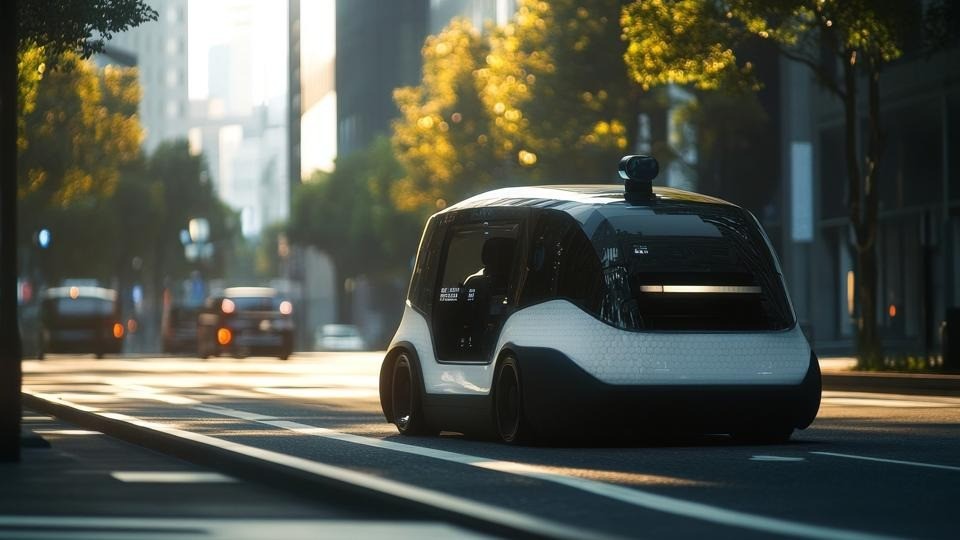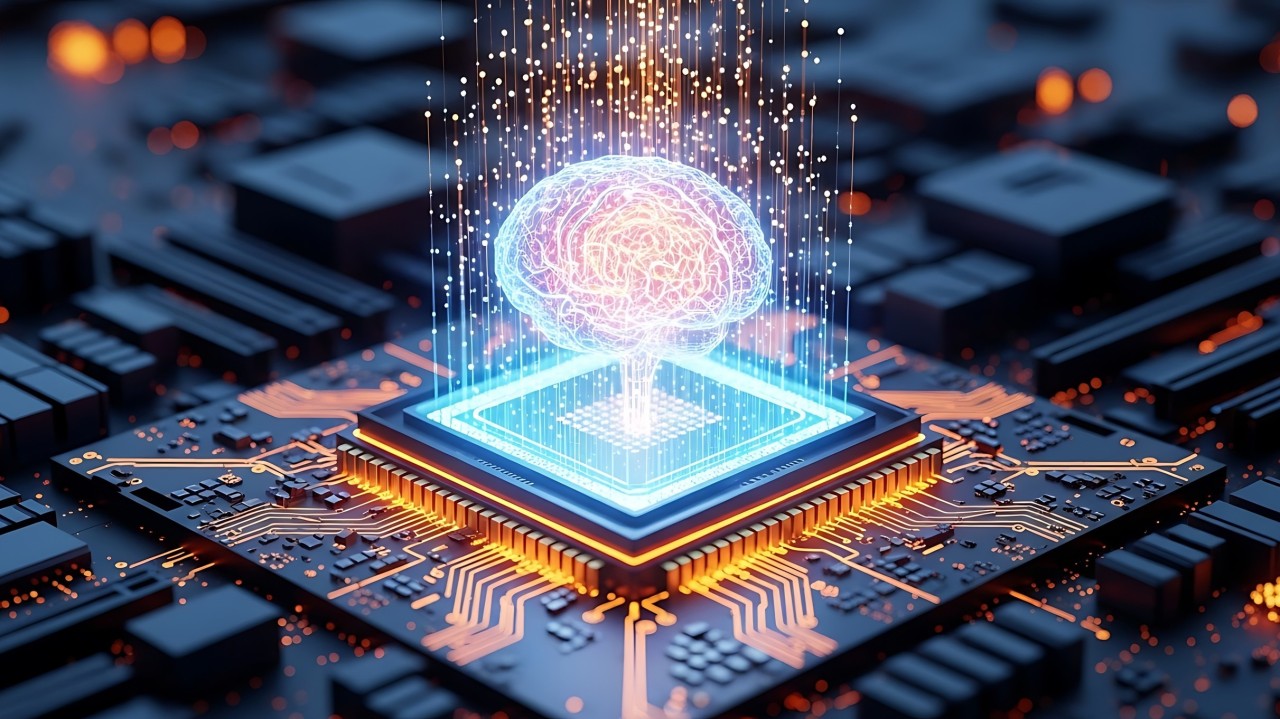10 Amazing Examples Of How Deep Learning AI Is Used In Practice?
2 July 2021
You may have heard about deep learning and felt like it was an area of data science that is incredibly intimidating. How could you possibly get machines to learn like humans? And, an even scarier notion for some, why would we want machines to exhibit human-like behaviour? Here, we look at 10 examples of how deep learning is used in practise that will help you visualise the potential.

What is deep learning?
Both machine and deep learning are subsets of artificial intelligence, but deep learning represents the next evolution of machine learning. In machine learning, algorithms created by human programmers are responsible for parsing and learning from the data. They make decisions based on what they learn from the data. Deep learning learns through an artificial neural network that acts very much like a human brain and allows the machine to analyse data in a structure very much as humans do. Deep learning machines don’t require a human programmer to tell them what to do with the data. This is made possible by the extraordinary amount of data we collect and consume—data is the fuel for deep-learning models. For more on what deep learning is please cheque out my previous post here.
10 ways deep learning is used in practise
1. Customer experience
Machine learning is already used by many businesses to enhance the customer experience. Just a couple of examples include online self-service solutions and to create reliable workflows. There are already deep-learning models being used for chatbots, and as deep learning continues to mature, we can expect this to be an area deep learning will be used for many businesses
2. Translations
Although automatic machine translation isn’t new, deep learning is helping enhance automatic translation of text by using stacked networks of neural networks and allowing translations from images.
3. Adding colour to black-and-white images and videos
What used to be a very time-consuming process where humans had to add colour to black-and-white images and videos by hand can now be automatically done with deep-learning models.
4. Language recognition
Deep learning machines are beginning to differentiate dialects of a language. A machine decides that someone is speaking English and then engages an AI that is learning to tell the differences between dialects. Once the dialect is determined, another AI will step in that specialises in that particular dialect. All of this happens without involvement from a human.
5. Autonomous vehicles
There’s not just one AI model at work as an autonomous vehicle drives down the street. Some deep-learning models specialise in streets signs while others are trained to recognise pedestrians. As a car navigates down the road, it can be informed by up to millions of individual AI models that allow the car to act.
6. Computer vision
Deep learning has delivered super-human accuracy for image classification, object detection, image restoration and image segmentation—even handwritten digits can be recognised. Deep learning using enormous neural networks is teaching machines to automate the tasks performed by human visual systems.
7. Text generation
The machines learn the punctuation, grammar and style of a piece of text and can use the model it developed to automatically create entirely new text with the proper spelling, grammar and style of the example text. Everything from Shakespeare to Wikipedia entries have been created.
8. Image caption generation
Another impressive capability of deep learning is to identify an image and create a coherent caption with proper sentence structure for that image just like a human would write.
9. News aggregator based on sentiment
When you want to philtre out the negative coming to your world, advanced natural language processing and deep learning can help. News aggregators using this new technology can philtre news based on sentiment, so you can create news streams that only cover the good news happening.
10. Deep-learning robots
Deep-learning applications for robots are plentiful and powerful from an impressive deep-learning system that can teach a robot just by observing the actions of a human completing a task to a housekeeping robot that’s provided with input from several other AIs in order to take action. Just like how a human brain processes input from past experiences, current input from senses and any additional data that is provided, deep-learning models will help robots execute tasks based on the input of many different AI opinions.
The growth of deep-learning models is expected to accelerate and create even more innovative applications in the next few years.
Related Articles
Flying Taxis And Self-Driving Trucks Arrive In 2026: 6 Transport Trends To Watch
By now, “smart” versions exist of just about every home appliance, gadget and gizmos we can think of. However, manufacturers continue[...]
Technology in Action: My Key Takeaways on How AI and Quantum Are Accelerating Global Transformation
By now, “smart” versions exist of just about every home appliance, gadget and gizmos we can think of. However, manufacturers continue[...]
Sign up to Stay in Touch!
Bernard Marr is a world-renowned futurist, influencer and thought leader in the fields of business and technology, with a passion for using technology for the good of humanity.
He is a best-selling author of over 20 books, writes a regular column for Forbes and advises and coaches many of the world’s best-known organisations.
He has a combined following of 4 million people across his social media channels and newsletters and was ranked by LinkedIn as one of the top 5 business influencers in the world.
Bernard’s latest book is ‘Generative AI in Practice’.






Social Media